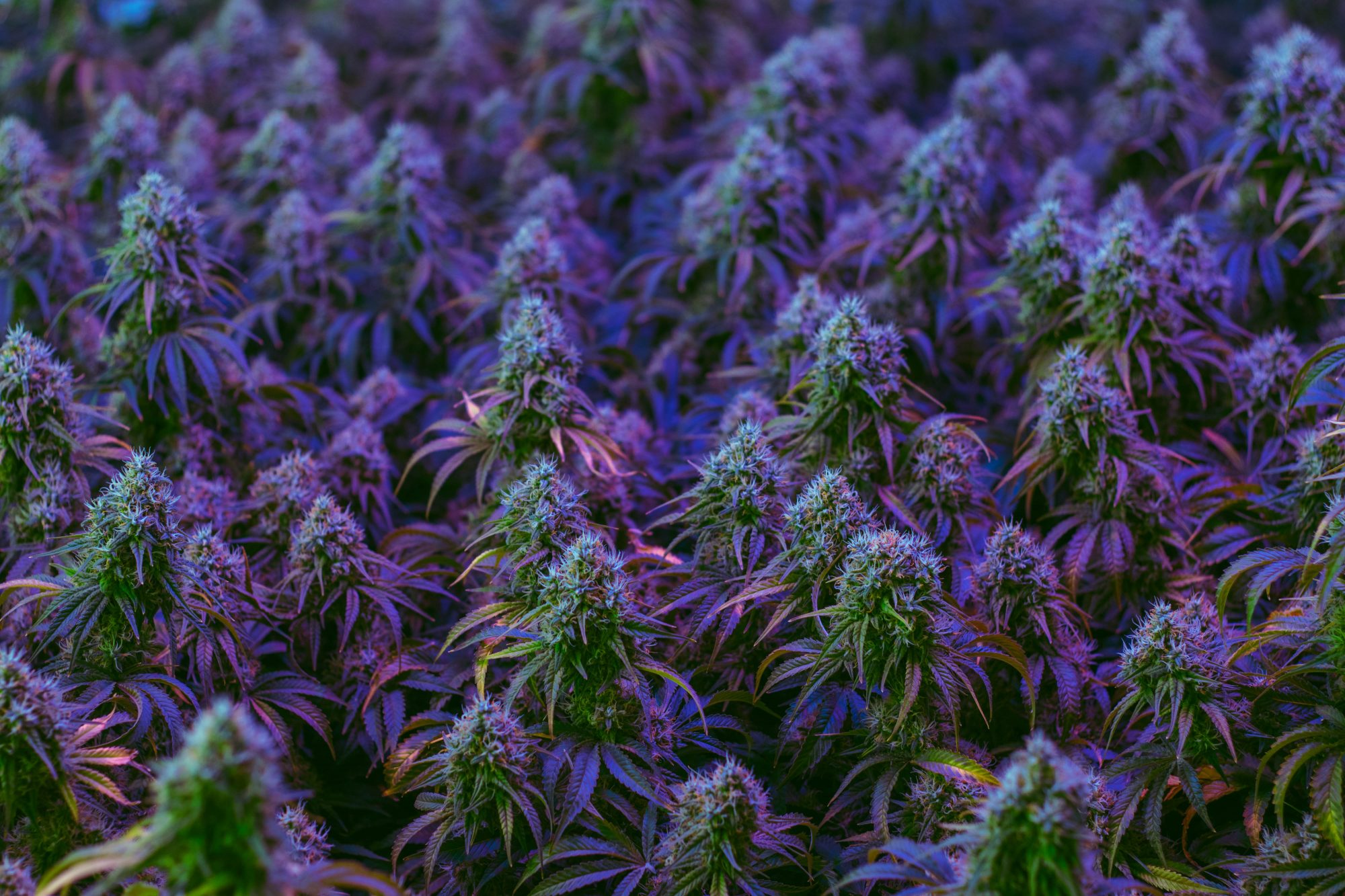Cannabinoids with high THC-to-CBD ratios can help improve moderate, short-term chronic pain and may be an alternative to opioids
A review of 25 trials and studies assessing cannabinoids has found that oral synthetic cannabis products with high THC-to-CBD ratios and extracted cannabis products with comparable tetrahydrocannabinol (THC)-to-cannabidiol (CBD) ratios can improve chronic pain.
This is welcome news for the 100 million Americans living and suffering from chronic pain.
However, though these cannabinoids were associated with moderate, short-term chronic pain improvements – they were also associated with higher risks for adverse events and few benefits in overall functioning.
There is something of an OPIOID EPIDEMIC in the United States
There is something of an opioid epidemic in the United States. Those 100 million Americans living in chronic pain are often prescribed opioids to manage the pain but, as the Annals of Internal Medicine reports, they demonstrate little effect on pain overall and are associated with significant adverse effects.

Could cannabinoid products be a safe potential alternative to opioids?
The study reports that cannabinoid products are a potential alternative.
Derived from multiple sources, including synthetic, extract, or the whole plant, the term “cannabinoid” references compounds that are active in cannabis, such as THC and CBD.
Previous studies have proven that these compounds contain pain-relief properties that vary depending on the ratio of THC to CBD.
Researchers from Oregon Health & Science University reviewed 18 randomised, placebo-controlled trials, comprising 1,740 participants, and 7 cohort studies, comprising 13,095 participants, to evaluate how cannabinoids performed on those suffering from chronic pain.
Cannabinoids WERE associated with a moderate improvement in pain severity and response but were also associated with an increased risk for sedation and dizziness
They discovered that synthetic products with high THC-to-CBD ratios could reduce the severity of chronic pain but risked increasing sedation and dizziness in the patient.
Researchers also found that small improvements in overall function were demonstrated for products with comparable THC-to-CBD ratios, but no improvements were demonstrated for products with high THC-to-CBD ratios.
However, the authors determined that evidence for whole-plant products, CBD, and other cannabinoids was limited by serious imprecision and lack of ability to assess consistency and study methodological limitations.
It should be noted that the studies did not evaluate harm outcomes such as psychosis, cannabis use disorder, and cognitive deficits, and studies did not include patients who were at higher risk for harm.

Cannabinoid effects and harm reduction
An accompanying editorial by authors from the University of Michigan Medical School reports on how clinicians should administer guidance to patients who use cannabis products.
The study advises that clinicians provide compassionate guidance to patients who use cannabinoids and utilise:
- A strategy of pragmatism
- Knowledge of patient experience
- Known cannabinoid effects
- Harm reduction
The authors highlight that this review can offer information to clinicians on routes of administration, the effects of CBD versus THC, dosing, and potential adverse effects.
Opioids can kill
A study of national opioid and benzodiazepine prescription trends concluded that since 2016, the number of people taking opioids and benzodiazepines has significantly declined, particularly among young adults. The research report is published in the Annals of Internal Medicine.
The percentage of all opioid overdose deaths involving benzodiazepines increased from 8.7% in 1999 to 21% in 2017, and benzodiazepines were involved in 1 out of every 3 prescription opioid overdose deaths in 2017
When taken together, opioids and benzodiazepines can lead to synergistic respiratory depression which increases overdose risk. Shockingly, the percentage of all opioid overdose deaths involving benzodiazepines increased from 8.7% in 1999 to 21% in 2017, and benzodiazepines were involved in 1 out of every 3 prescription opioid overdose deaths in 2017.
Authors from the Centers for Disease Control and Prevention (CDC) and Boston Medical Center studied data from a national database containing prescription records and found that the number of patients newly initiated with concurrent prescriptions declined 59% from 2016 to 2019 and only accounted for 28.5% of total patients with concurrent prescriptions in 2019, indicating that far fewer patients started treatment with opioids and benzodiazepines together.
The authors emphasise the need for continued public health and clinical actions and greater adherence to evidence-based prescribing guidelines. They also want to see more patient education and alternative pain-management options.











